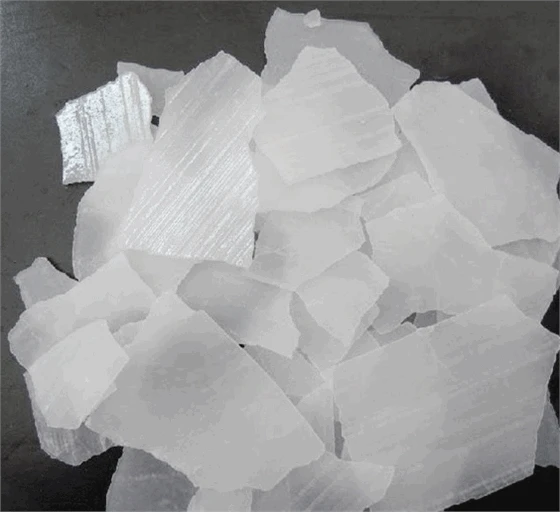



Understanding the pH Value of 1% NaOH Solution in Various Conditions
Understanding the pH Value of 1% NaOH Solution
Sodium hydroxide (NaOH), commonly known as lye or caustic soda, is a strong alkaline compound widely utilized in various industries, including manufacturing, cleaning, and chemical synthesis. One of the fundamental properties of NaOH is its capability to affect the pH of a solution significantly. In this article, we will delve into the pH value of a 1% NaOH solution and its implications.
What is pH?
Before we explore the pH of a 1% NaOH solution, it is crucial to understand what pH signifies. The pH scale ranges from 0 to 14, with lower values indicating acidity and higher values indicating alkalinity. A pH of 7 is considered neutral, meaning the solution is neither acidic nor basic. The pH of a solution reflects the concentration of hydrogen ions (\(H^+\)) present in it. As the concentration of \(H^+\) decreases, the pH value increases, indicating a more basic or alkaline solution.
Characteristics of 1% NaOH Solution
A 1% NaOH solution contains 1 gram of sodium hydroxide dissolved in 100 mL of water. To determine the pH of this solution, we must recognize that NaOH is a strong base, which means it disassociates completely in water to form hydroxide ions (\(OH^-\)) and sodium ions (\(Na^+\)). The dissociation can be represented by the following equation
\[ \text{NaOH} \rightarrow \text{Na}^+ + \text{OH}^- \]
Given that NaOH dissociates completely, the concentration of hydroxide ions in a 1% NaOH solution can be calculated. The molar mass of NaOH is approximately 40 g/mol, which means that 1 g of NaOH corresponds to 0.025 moles (1 g / 40 g/mol) in 100 mL of solution. This results in a concentration of 0.25 moles/L (0.025 moles/0.1 L).
Calculating pH and pOH
Next, we can find the pOH of the solution. The pOH is calculated using the formula
\[ \text{pOH} = -\log[\text{OH}^-] \]
1 m naoh ph value

Given that the concentration of hydroxide ions is 0
.25 moles/L, the pOH value can be determined as follows\[ \text{pOH} = -\log[0.25] \approx 0.60 \]
To find the pH of the solution, we use the relationship between pOH and pH
\[ \text{pH} + \text{pOH} = 14 \]
Inserting the pOH value,
\[ \text{pH} = 14 - 0.60 = 13.40 \]
Therefore, the pH value of a 1% NaOH solution is approximately 13.4, indicating a strongly alkaline solution.
Implications of a High pH
The high pH value of 1% NaOH solutions has several implications. In industrial applications, this characteristic is exploited for various cleaning processes, as strong bases like NaOH can effectively break down organic materials and fats. However, it is essential to handle NaOH with caution due to its caustic nature. Skin contact with a concentrated NaOH solution can lead to severe chemical burns, necessitating the use of personal protective equipment (PPE) such as gloves and goggles.
Conclusion
In summary, the pH value of a 1% NaOH solution is approximately 13.4, highlighting its status as a strong base. Understanding the pH and chemical properties of sodium hydroxide is essential for its safe handling and effective application in various industrial processes. Awareness of the implications associated with its high pH can help mitigate risks while maximizing its benefits in cleaning, manufacturing, and other chemical processes. As with any chemical substance, respect for its properties and appropriate safety measures are paramount to ensure safe use in practical applications.
-
Why Sodium Persulfate Is Everywhere NowNewsJul.07,2025
-
Why Polyacrylamide Is in High DemandNewsJul.07,2025
-
Understanding Paint Chemicals and Their ApplicationsNewsJul.07,2025
-
Smart Use Of Mining ChemicalsNewsJul.07,2025
-
Practical Uses of Potassium MonopersulfateNewsJul.07,2025
-
Agrochemicals In Real FarmingNewsJul.07,2025
-
Sodium Chlorite Hot UsesNewsJul.01,2025










